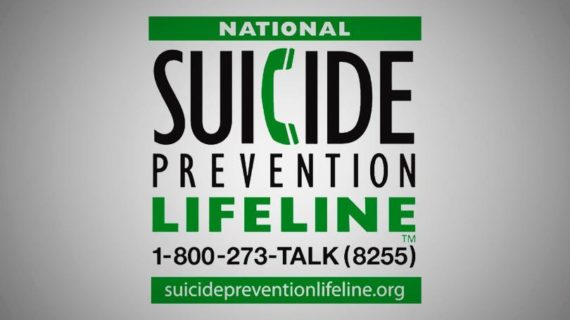
(5-29-20) With a third of Americans showing signs of clinical anxiety or depression tied to the psychological toll exacted by the coronavirus pandemic, suicide rates are expected to rise. The Gannett chain published an editorial this week in several of its Florida newspapers citing what it called common myths and misunderstandings about suicide. I’m grateful the editorial cited my book, noting that our mental health care system is broken. If you or someone you know needs help, please call the National Suicide Prevention Lifeline at (800) 273-8255 or email www.suicidepreventionlifeline.org. Every life is worth saving. Americans are resilient. We will get through this together. You are not alone.)
Editorial Gainesville Sun: Pandemic raises concerns about suicide
Isolation is one of the prime risk factors for suicide.
So in the era of the pandemic when isolation is being enforced, our community must confront the increased risks of mental illness.
In a typical year, almost 50,000 Americans die by suicide. From 1999 to 2018, the suicide rate increased by 35%, reported the Centers for Disease Control and Prevention.
During the Great Recession, the suicide rate increased four times faster.
Demographically, males are 3.7 times more likely to die by suicide.
Age is a factor. Among males, suicide rates are highest for those 75 and older. It is the second-leading cause of death for those ages 10 to 34.
Veterans are more likely to die by suicide than the general population. And police officers have the highest rate of suicide among any profession, according to the AddictionCenter, an informational web resource based in Orlando. In fact, the number of officers who died by suicide is triple the number who died in the line of duty.
Our community cannot prevent suicide until we understand it. Myths and misunderstandings are major hurdles blocking community awareness.
The clearest and most accessible description of the factors that lead people to take their lives can be found in the writing of Thomas Joiner, the Robert Lawton Distinguished Professor of Psychology and director of the Florida State University Psychology Clinic.
Joiner came to this field of study tragically. His own father died by suicide.
Joiner’s books “Why People Die By Suicide” and “Myths about Suicide” are excellent resources, especially for family members of someone who died by suicide.
He says there are three elements that take place with a suicide:
A sense of being a burden.
A feeling of alienation, being isolated from others.
Learned fearlessness, the ability to use often violent means against oneself. Self-preservation is a powerful instinct, hard-wired by centuries of evolution.
However, Joiner says that these conditions are treatable. That is the great tragedy, that suicide is preventable. Finding treatment for mental illness can be a challenge, however.
As Earley writes, it’s the system that is mad. Many of the worst aspects, such as the failure to ladder of treatment options, are found in Florida.
Though Florida’s elected readers stubbornly refuse to accept Medicaid expansion funding, which includes substance abuse and mental health treatment, they haven’t made up the difference with state funds.
“We have created a system that is heavily biased against intervention and treatment,” Earley wrote.
Thanks to a lack of funding and treatment options, many jails are the largest providers of mental health services. But jail is no solution, and neither is releasing a person without treatment.
A prisoner can be given treatment in jail and then find great difficulty finding follow-up treatment once he is released.



